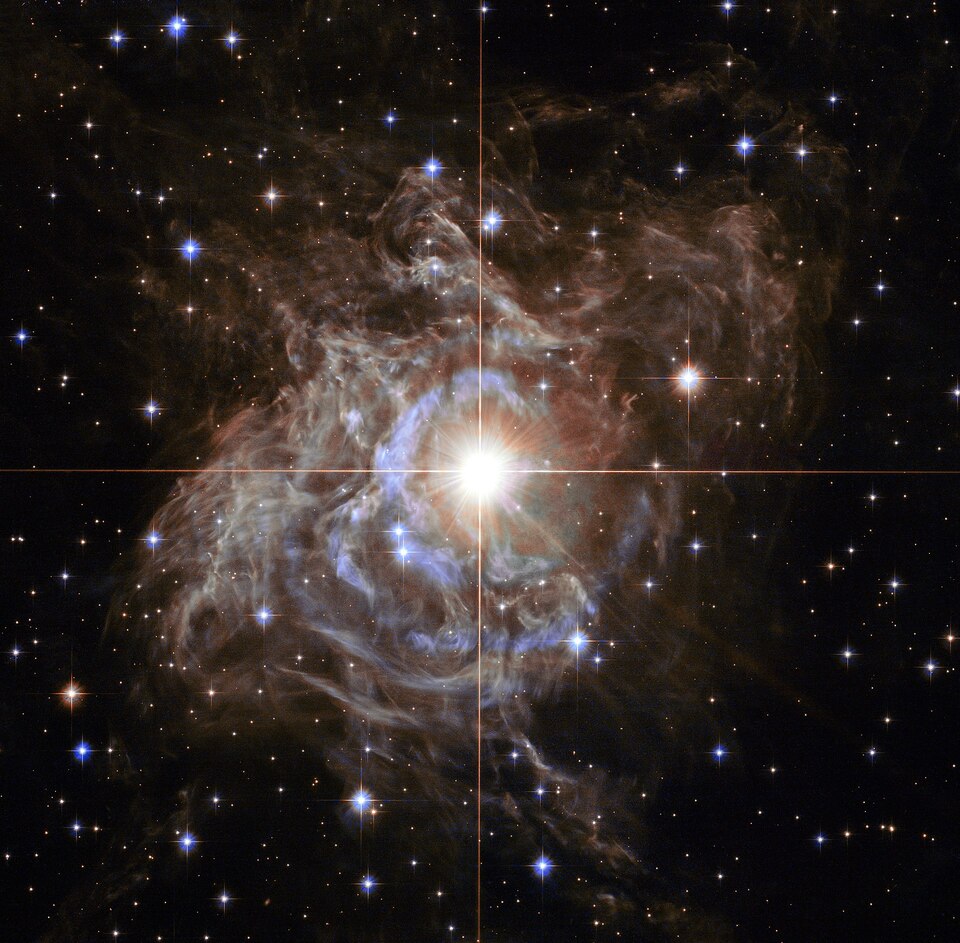NASA has released a new festive voiceover, which depicts a huge star RS Puppis. Based on the image taken by the Hubble Space Telescope, this sound allows you to perceive by ear the image of a giant star. During voicing, the sounds start from the outer edges and move towards the center, with the points of light at the top of the image intended for higher notes, and the points at the bottom for lower ones.

In 2013, the Hubble Space Telescope took an image of the RS Puppis, on the basis of which ultrasound was based. In addition to studying the pulsation of the star, astronomers are also interested in how light is reflected through the dust surrounding the star, called a light echo.
Importance of cepheid variables for astronomy
RS Puppis is an example of a type of star called variable cepheids, which is important for the development of astronomy. The brightness of these stars pulsates with time. RS Puppis brightens during a six-week cycle. It is important that the pioneering astronomer Henrietta Swan Leavitt discovered in 1908 that these types of luminosity of stars are associated with the period of their pulsation. This means that by observing the duration of the cepheid pulse, astronomers can predict its brightness.
The changeable brightness can be compared with other stars and use this information to accurately determine the distance to them. The discovery of the properties of these stars allowed astronomers to accurately measure distances to other galaxies for the first time.
“By observing the fluctuations of light in the Puppis, as well as recording the faint glare of light pulses moving through the nebula, astronomers can measure these light echoes and determine a very accurate distance. The distance to the RS Puppis is 6,500 light–years with an error of only 1%,” explains the Hubble team.
Earlier we reported on how astronomers studied intracluster light in star clusters.
Follow us on Twitter to get the most interesting space news in time
https://twitter.com/ust_magazine

